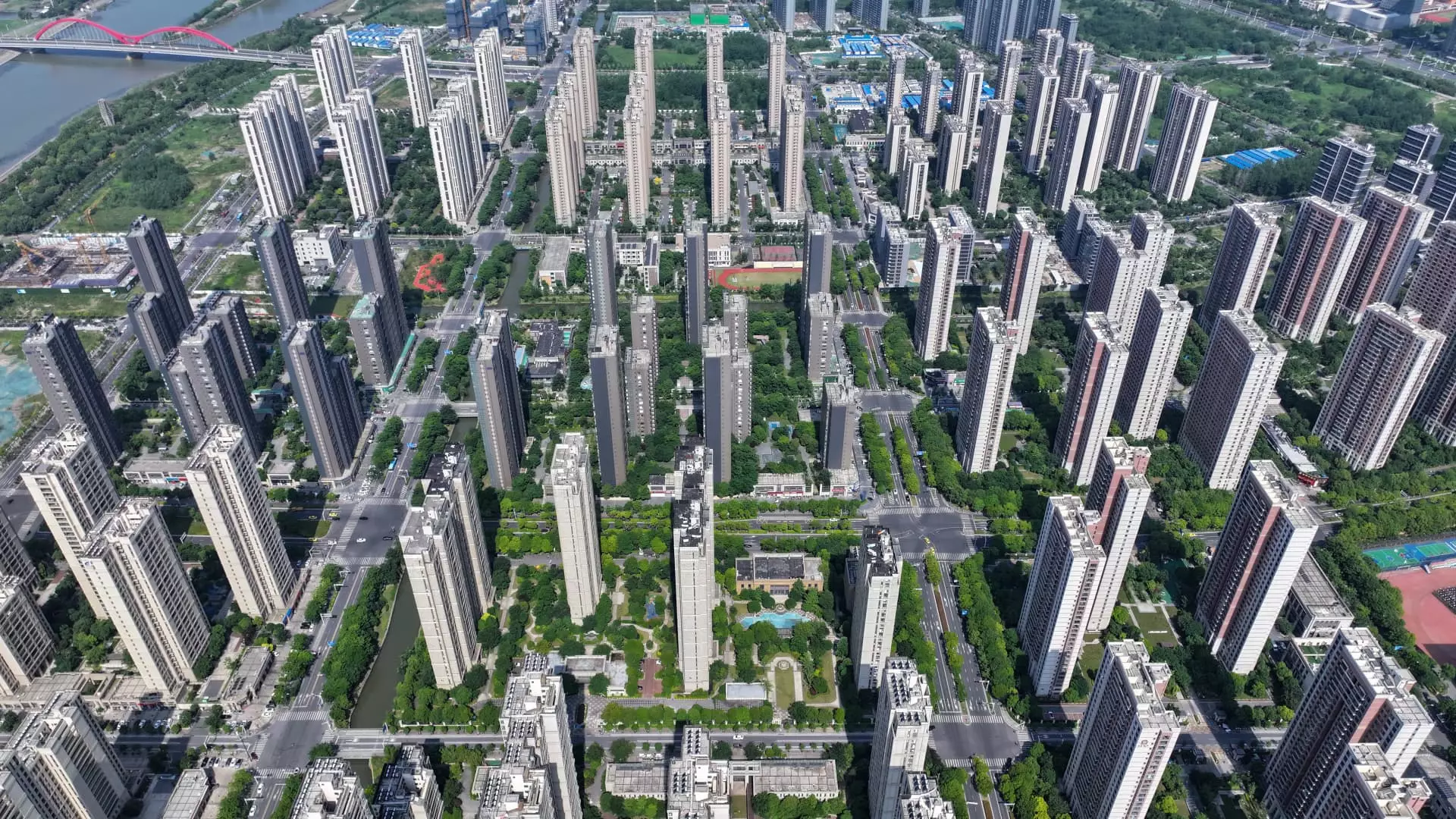Recent trends in the Hong Kong stock market reveal a buoyant resurgence in Chinese property stocks, with many reaching their highest values in over a year. This upward momentum can largely be attributed to a wave of stimulus measures rolled out by Chinese authorities. The Hang Seng Index highlights this sector’s recovery, prominently featuring Longfor Group Holdings, which posted an impressive rise of over 25%. Other notable entities in the real estate landscape, such as Shimao Group and Kaisa Group, have exhibited remarkable gains of 87% and 40.48% respectively. This resurgence has renewed interest and optimism in Hong Kong’s real estate market, often viewed as a bellwether for the broader Chinese economy.
In a bid to bolster dwindling homebuyer confidence, several major cities on the Chinese mainland have initiated easing measures. For instance, Guangzhou has scrapped all restrictions on home purchases, while Shanghai has streamlined tax requirements to make buying easier for prospective homeowners. Shenzhen has also joined the fray, allowing buyers additional opportunities to secure more properties in specific districts. Such actions not only reflect government acknowledgment of the existing market challenges but a proactive approach toward stabilization in the housing sector.
The real estate sector has historically played a crucial role in China’s economy, contributing over 25% to its GDP. However, the landscape has shifted dramatically since Beijing imposed stringent regulations to counteract excessive borrowing within the industry. This crackdown has left lasting scars, with significant contraction surfacing in recent years. While the government’s recent policy initiatives signal a willingness to counterbalance the decline, they are seemingly mere band-aids on a more complex issue. Morgan Stanley’s analysis underscores that the sector will continue to grapple with substantial demand shortfalls, raising questions about the efficacy of interventions designed to rejuvenate growth.
Despite the positive market movements, experts are voicing caution. While easing policies in major cities may help stabilize the housing market momentarily, the fundamental challenges loomed by years of decline still lie ahead. The overarching concern remains whether these measures will be sufficient to revitalize buyer interest and lead to a sustainable increase in property values. Morgan Stanley has warned that the continued repercussions from the past turmoil may leave a persistent gap in demand that government policies alone cannot fill. As market players assess the effectiveness of such interventions, the path to recovery remains uncertain and fraught with challenges.
While the latest uptick in Hong Kong’s real estate sector paints a picture of renewed investor optimism, the path forward is laden with obstacles. The proactive measures adopted by city governments may stabilize the situation temporarily, but a long-term recovery would necessitate a comprehensive reevaluation of broader economic strategies impacting the real estate market. As these dynamics unfold, stakeholders must remain alert to the evolving landscape, mindful that true recovery could still be a significant distance away.

